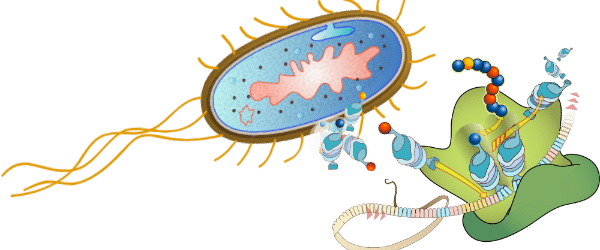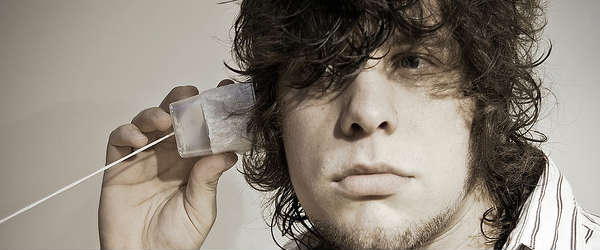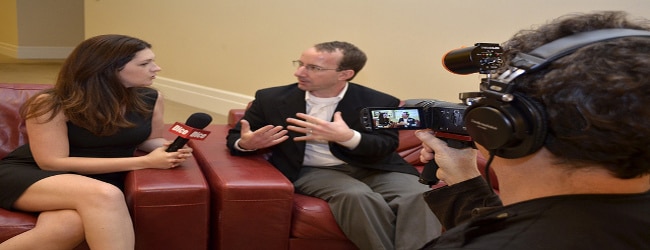Cell Culture: a Case of Mistaken Identity
While working in a UK university, I met a researcher who loved Italy much more than the UK. I asked her why she had left her favourite country. She told me that before coming to the UK, she had a 2-year fellowship in Italy where she was getting some promising results and had the chance…




























